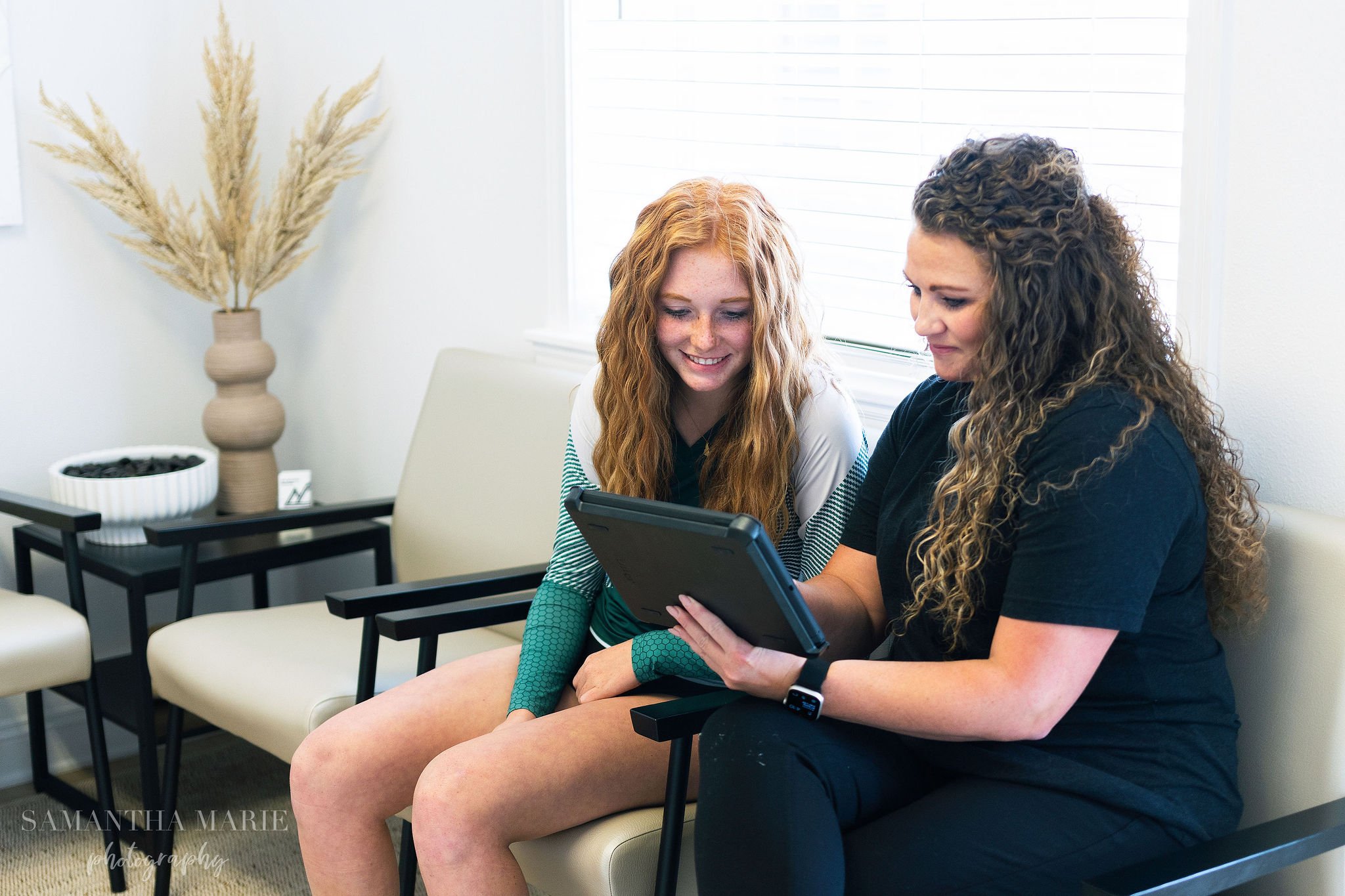
ACHILLES TENDON RUPTURE
WHAT IS IT?
An Achilles tendon rupture is a complete or partial tear that occurs when the tendon is stretched beyond its capacity. Forceful jumping or pivoting, or sudden accelerations of running, can overstretch the tendon and cause a tear. An injury to the tendon can also result from falling or tripping.

CAUSES
Achilles tendon ruptures are most oen seen in "weekend warriors"—typically, middle-aged people participating in sports in their spare time. Less commonly, illness or medications, such as steroids or certain antibiotics, may weaken the tendon and contribute to ruptures.

SYMPTOMS
A person with a ruptured Achilles tendon may experience one or more of the following:
- Sudden pain (which feels like a kick or a stab) in the back of the ankle or calf—often subsiding into a dull ache
- A popping or snapping sensation
- Swelling on the back of the leg between the heel and the calf Difficulty walking (especially upstairs or uphill) and difficulty rising up on the toes.
These symptoms require prompt medical attention to prevent further damage. Until the patient is able to see a doctor, the RICE method should be used. This involves:
Rest. Stay o the injured foot and ankle, since walking can cause pain or further damage.
Ice. Apply a bag of ice covered with a thin towel to reduce swelling and pain. Do not put ice directly against the skin.
Compression. Wrap the foot and ankle in an elastic bandage to prevent further swelling.
Elevation. Keep the leg elevated to reduce the swelling. It should be even with or slightly above heart level.

TREATMENT
Treatment options for an Achilles tendon rupture include surgical and nonsurgical approaches. The decision of whether to proceed with surgery or non-surgical treatment is based on the severity of the rupture and the patientʼs health status and activity level.
Nonsurgical Treatment
Nonsurgical treatment, which is generally associated with a higher rate of rerupture, is selected for minor ruptures, less active patients and those with medical conditions that prevent them from undergoing surgery. Nonsurgical treatment involves use of a cast, walking boot or brace to restrict motion and allow the torn tendon to heal.
Surgery
Surgery offers important potential benefits. Besides decreasing the likelihood of rerupturing the Achilles tendon, surgery often increases the patientʼs push-o strength and improves muscle function and movement of the ankle.
Various surgical techniques are available to repair the rupture. The surgeon will select the procedure best suited to the patient.
Following surgery, the foot and ankle are initially immobilized in a cast or walking boot. The surgeon will determine when the patient can begin weightbearing.
Complications such as incision-healing difficulties, rerupture of the tendon or nerve pain can arise after surgery.
Physical Therapy
Whether an Achilles tendon rupture is treated surgically or nonsurgically, physical therapy is an important component of the healing process. Physical therapy involves exercises that strengthen the muscles and improve range of motion in the foot and ankle.

WHY CHOOSE A FOOT AND ANKLE SURGEON?
Foot and ankle surgeons are the leading experts in foot and ankle care today. As doctors of podiatric medicine – also known as podiatrists, DPMs or occasionally “foot and ankle doctors” – they are the board-certified surgical specialists of the podiatric profession. Foot and ankle surgeons have more education and training specific to the foot and ankle than any other healthcare provider.
Foot and ankle surgeons treat all conditions affecting the foot and ankle, from the simple to the complex, in patients of all ages including Haglund's deformity. Their intensive education and training qualify foot and ankle surgeons to perform a wide range of surgeries, including any surgery that may be indicated for Haglund's deformity.

